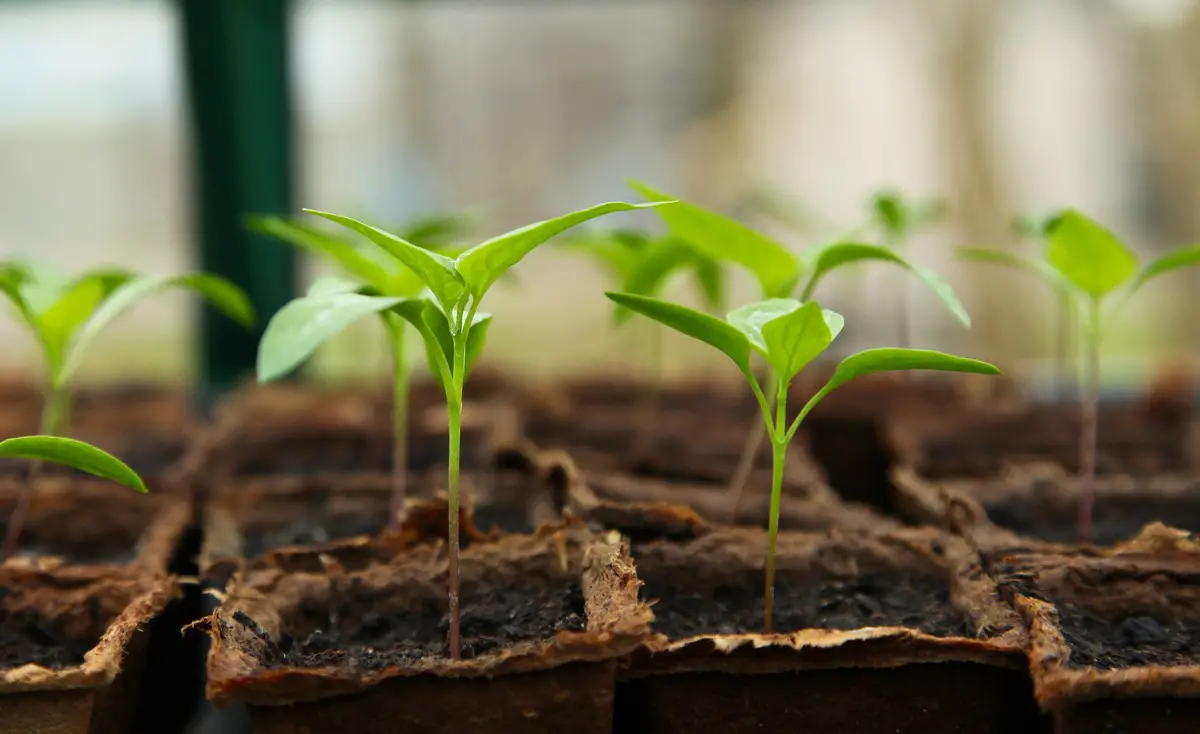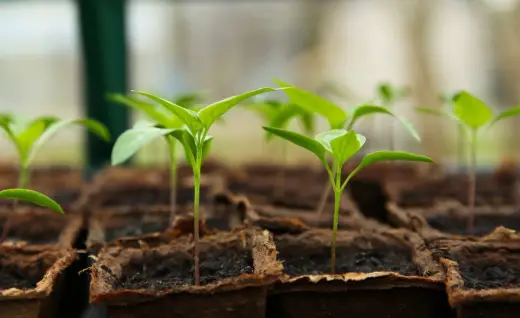Gardening tip for winters advice, Property garden care guide
Gardening Tip For Winters
1 January 2022
Gardening Tip For Winters Introduction
Your yard is as cozy as a winter beetle, but your green thumb feels itchy to do something outside the yard. What does the gardener do? Now, there are a few things you can explore when you feel right. With this in mind, we’ve put together some gardening tips for winter that can meet your needs for fresh winter air.
Protect your plants
Road salt devastates plants and soil. In high salinity areas, soil salinity increases, which can impair important soil life, not to mention delicate plant roots and evergreen leaves that cannot tolerate regular salt exposure. A shield made of landscape cloth was built into the fence with wooden sticks to protect roadside plantings from salt spray.
For planting areas next to sidewalks and driveways, choose salt-tolerant plants or use unsalted ice milters such as calcium chloride and magnesium chloride instead.
Make compost boxes
Visit your gardening center in the winter and ask about used wooden pallets to make new compost boxes. Many gardening centers are willing to dispose of extra pallets, and some can even arrange for them to be delivered to your home. When the pallets are home, use them to create one or more three-sided containers. Secure them together using oversized plastic zippers, giving each container a back and aside. If you put your new composting system in an almost sunny place, it will go up to your elbows with “black gold” before you notice it.
Get rid of dead trees
Well, this gardening tip is for professionals, but you can supervise it! Winter is the perfect time to get rid of annoying or dangerous trees from your property. Many arborists are happy to cut down trees that need to be cut at this time of the year, as there are no leaves that would hurt their work.
Keep an eye out for winter crops: Vegetable gardeners need to keep an eye out for extended seasons all year round by removing snow from cold frames and mini hoop tunnels after a storm. Heavy snowfall prevents sunlight from reaching the plants, but it can also damage structures. Remove snow using a sturdy broom or plastic shovel.
Preparing a new garden
Are you planning a new garden bed next summer in an area that is currently growing grass and weeds? Start your project now and make it easy for yourself. First place a thick layer of newspaper or cardboard in the area, then alternate layers of organic material such as compost, leaves, pine needles, untreated grass cutouts, straw. In the spring, the grass and weeds under the stakes die and are ready to plant a new garden bed.
Clear snow and ice
When the snow and ice arrive, gently wipe the heavy snow off the trees and bushes, but wait for the ice to melt naturally. Branches damaged by ice or snow break quickly to prevent the bark from tearing. In addition, pedestrian traffic on frozen grass can damage grass, so be sure to walk on sidewalks and paths. Sand, bird seeds, or sawdust provide excellent traction when the trail is frozen. You should avoid salts and deicing agents as these can damage your plants.
Polish the tool
Winter is a good time to polish your garden hut and reorganize your garden tools, as you don’t use the equipment often during this time. After cleaning and sharpening them, you can put the Metal blade tools into hibernation by storing them in an old pot filled with a mixture of clean sand and vegetable oil. Also, before storing, rub the handle of the tree with flaxseed oil and apply it brightly in the garden for easy viewing. When spring comes and the utensils are ready, wipe the metal utensils with burlap and start decorating the garden.
Light bulb time
Even if the bulbs could not be planted on the ground before freezing, they can be planted in individual peat pots in January. Place the pot flat outdoors and bury it under a thick leaf cover. It can be transplanted to the ground as soon as the weather is nice. If you have summer onions in stock, make sure they are dry and show no signs. If there are any signs of putrefaction, be sure to dispose of it.
Pruning
Winter is actually one of the best times to prune foliage plants in the garden, as they are less likely to transmit diseases or attract insects when the plants are dormant. Waiting for a calm and sunny day, it is best to take advantage of the fact that pruning scissors need to be removed, bare branches easy to find, shaped, and cut. Hibiscus also blooms with new growth, so pruning at the end of winter can promote a richer show in spring.
Comments on this guide to gardening tip for winters article are welcome.
Gardening
Gardening Posts – selection below:
How to make your garden spring-ready
What greenhouses fit different house and garden types
Springburn Winter Gardens Competition
Glasgow Building Designs
Glasgow Architecture Designs – architectural selection below:
Comments / photos for Gardening tip for winters guide page welcome

